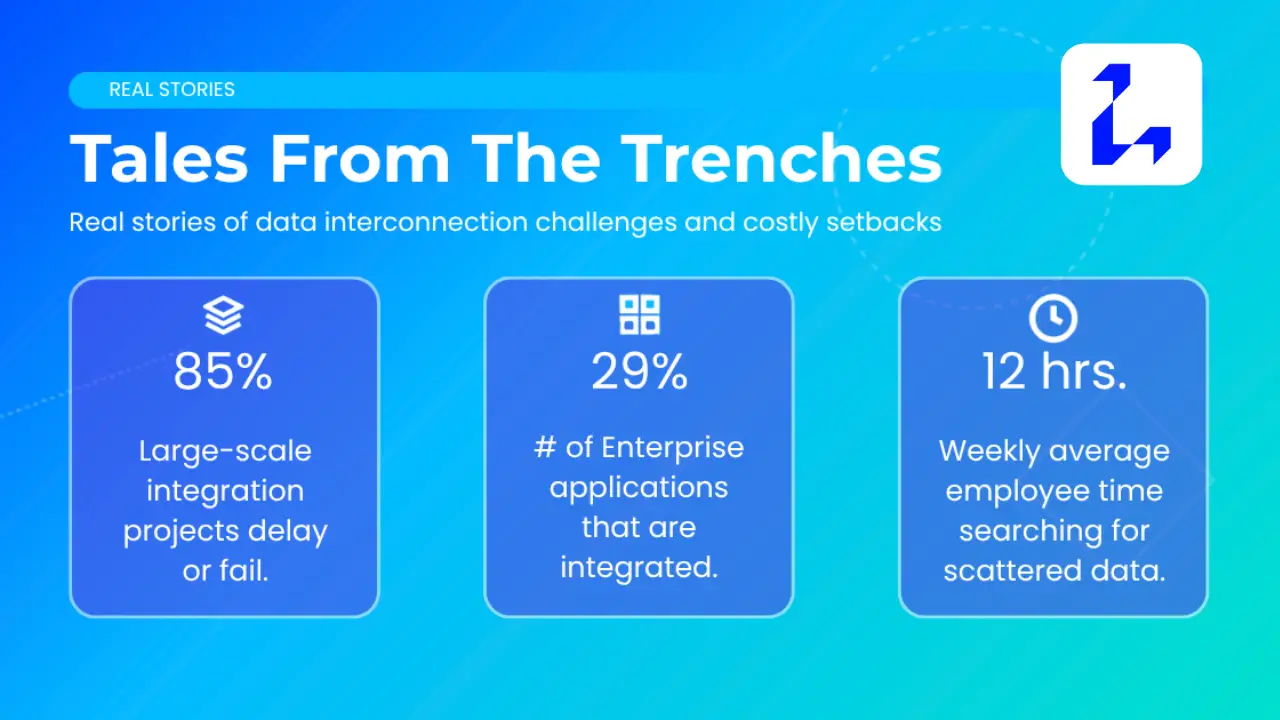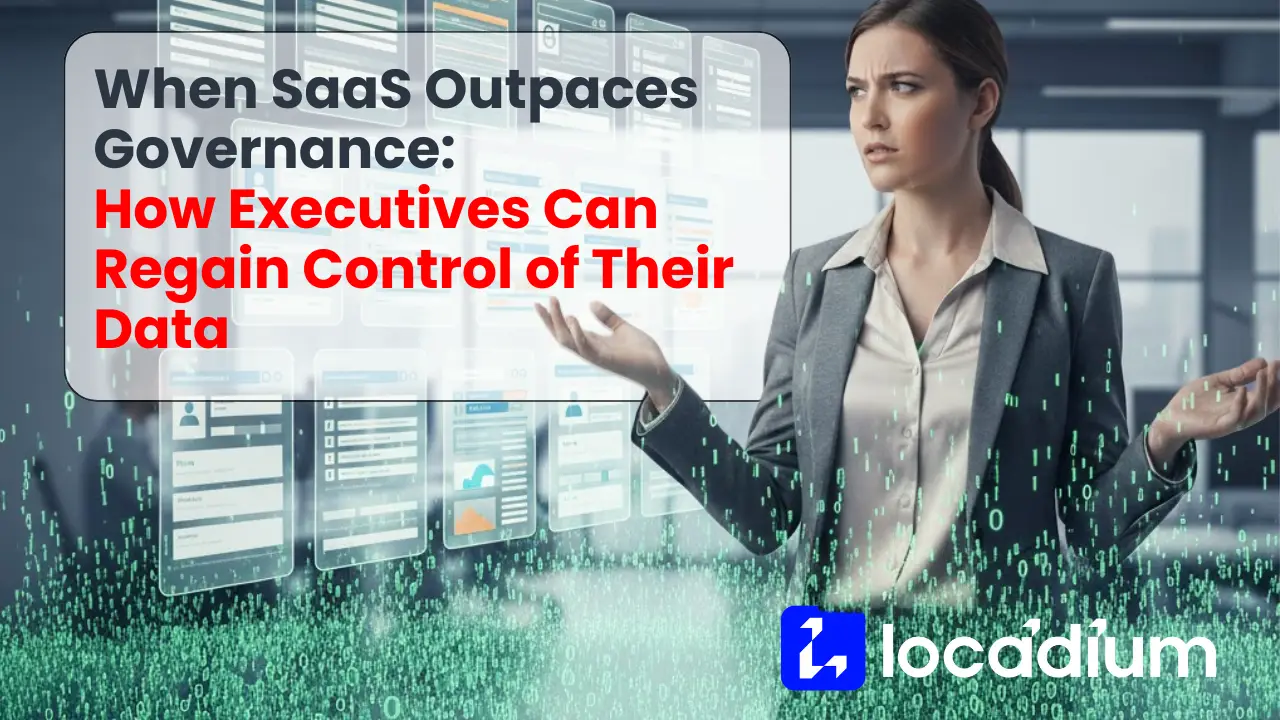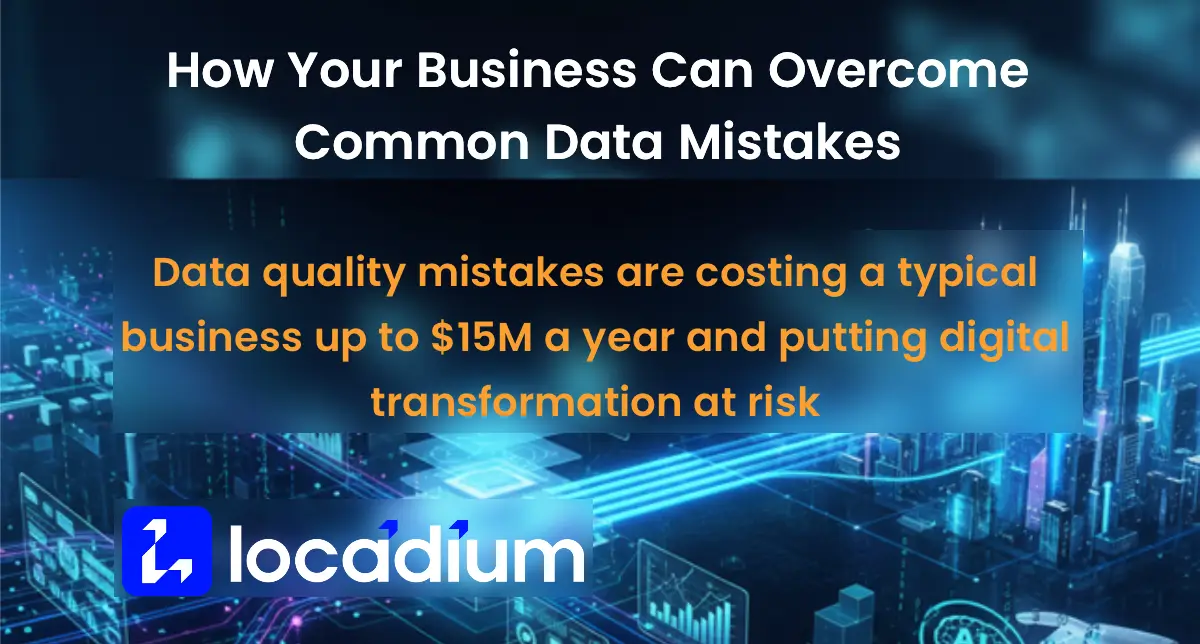You’re in the boardroom. The quarterly review is wrapping up. Then it happens.
“We talked about data governance last quarter. Why are we still discussing this? What exactly are we getting for our investment?”
Your stomach drops. You know governance matters, but suddenly you’re scrambling for words that don’t sound like IT jargon.
Here’s what to say next time.
The Objection: “We Already Have Data People”
Your CFO or CEO might think governance is just another layer of bureaucracy. They see data analysts creating reports and assume the data house is in order.
The reality: Having people who work with data is different from having people who manage data as an asset.
Think of it this way. You have accountants who create financial reports, but you also have financial controls that prevent fraud and ensure accuracy. Data governance is your financial controls for information.
The Misunderstanding: Governance Equals Red Tape
Most executives hear “governance” and picture committees, approval forms, and delayed projects.
Good data governance does the opposite. It speeds up decision-making by ensuring everyone trusts the numbers.
Consider these scenarios:
- Marketing reports customer acquisition costs of $150 per customer
- Sales report $200 per customer for the same period
- Finance reports $175 per customer
Which number do you use for budget planning?
Without governance, you spend three weeks in meetings trying to figure out who’s right. With governance, you have one trusted source and clear definitions that everyone agrees on.
The Reframe: Governance as Business Insurance
Stop talking about data governance as a project. Start talking about it as insurance against expensive mistakes.
Here are three business risks that governance prevents:
Risk 1: Bad Decisions from Bad Data
Companies regularly make costly expansion decisions based on flawed projections. When sales data includes returned merchandise as revenue, or when customer acquisition costs vary wildly between departments, the financial impact can reach millions.
Governance prevents this by establishing clear data definitions and quality checks.
Risk 2: Regulatory Compliance Failures
Data privacy violations result in substantial fines, legal costs, and reputation damage. Recent cases show penalties ranging from hundreds of thousands to tens of millions of dollars.
Governance creates the controls and documentation auditors expect to see.
Risk 3: Operational Inefficiency
Industry research suggests teams spend 30-50% of their time finding, cleaning, and validating data instead of analyzing it. You’re paying analysts to hunt for data instead of hunting for insights.
Governance establishes processes that deliver clean, reliable data to your teams automatically.
What to Do Next Time This Objection Shows Up
Use this three-part response:
Part 1: Acknowledge the concern – “You’re right to question any investment that doesn’t show clear returns.”
Part 2: Reframe the conversation – “Let me show you three business risks we’re managing with governance instead of three technical processes we’re implementing.”
Part 3: Provide concrete examples – Share specific examples of decisions that were delayed or incorrect because of data quality issues your company has experienced.
The Business Case in Three Sentences
Data governance reduces the risk of million-dollar mistakes from bad data. It accelerates decision-making by establishing a single source of truth that everyone trusts. It protects the company from compliance violations that result in fines and reputation damage.
Ready to Build Your Case?
The next time leadership questions data governance, you’ll have clear, non-technical talking points that connect directly to business outcomes.
Your role as a data champion isn’t just to implement governance. It’s to translate its value into a language that executives understand and approve.
Need help building a governance program that leadership will support? Let’s discuss how to make your data trustworthy, compliant, and decision-ready.






